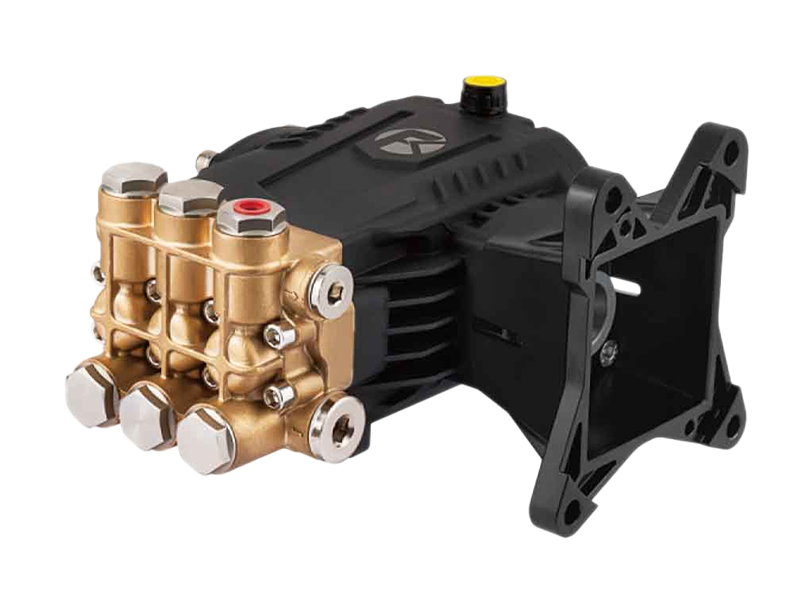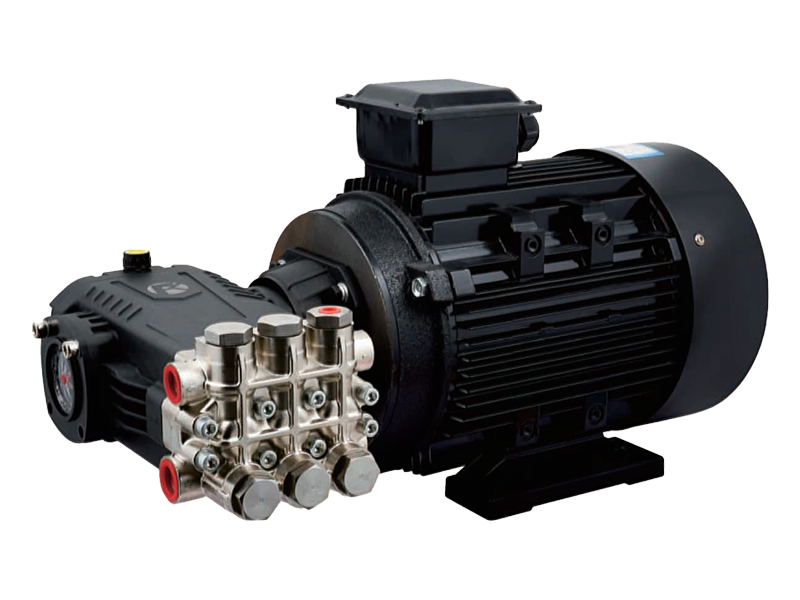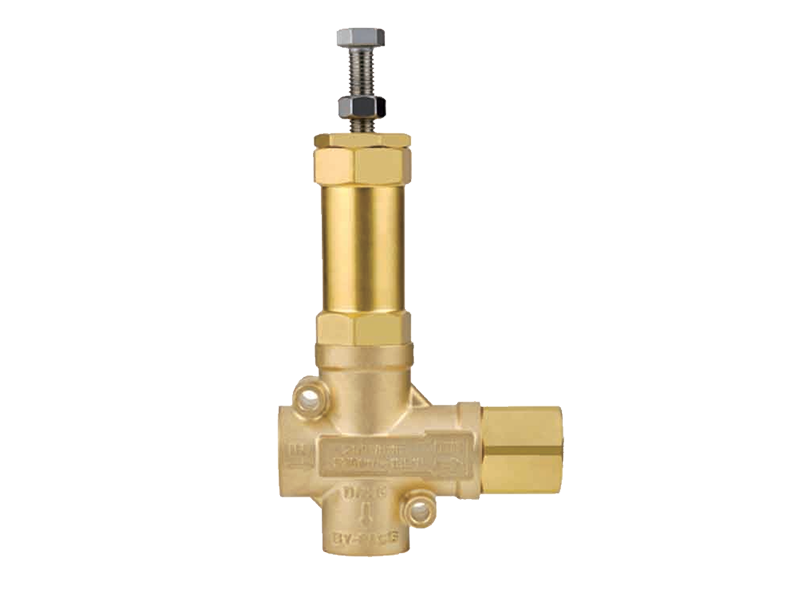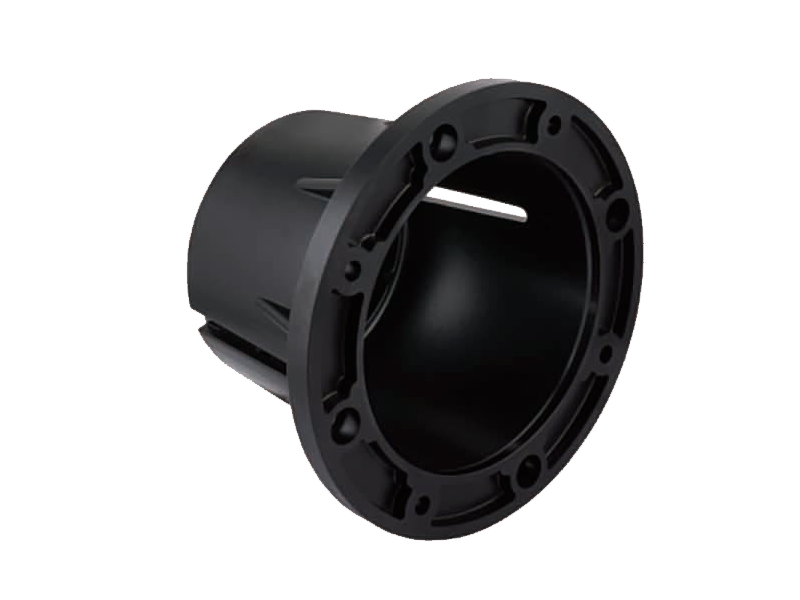Investigating Flow Fluctuation and Pulsation in High-Pressure Pump Systems
The Three Plunger High Pressure Pump is widely recognized for its ability to deliver steady and powerful liquid flow across a range of industrial and cleaning applications. It operates through the reciprocating motion of three plungers that alternately draw in and discharge liquid, creating a near-continuous flow. However, despite its high efficiency and mechanical precision, one important question often arises: Does the high-pressure output cause flow fluctuation or pulsation? This concern is particularly relevant in processes that demand highly stable flow conditions, such as chemical dosing, descaling, or precision cleaning. Understanding how pressure and flow interact in this pump type is essential to optimizing performance and avoiding vibration or instability in fluid systems.

Nature of Flow Pulsation in Reciprocating Pumps
Flow pulsation is an inherent characteristic of reciprocating pumps due to the cyclic motion of their plungers. Each plunger alternates between suction and discharge strokes, causing momentary fluctuations in pressure and flow rate. In single-plunger pumps, these fluctuations are very noticeable, producing distinct pulses in the discharge line. The introduction of multiple plungers, however, significantly reduces these effects. In a three-plunger arrangement, the plungers operate 120 degrees out of phase, meaning that while one plunger is on its suction stroke, the others are discharging fluid. This overlapping motion helps smooth out the discharge flow, creating a more continuous and uniform stream. Yet, some degree of pulsation remains, especially at very high operating pressures or low rotational speeds.
Factors Influencing Flow Stability
The degree of flow fluctuation in a high-pressure system depends on several design and operational factors. The one is the plunger arrangement and the angular phase difference between them. The closer the phase distribution is to good symmetry, the smoother the resulting flow will be. The second factor is the speed of rotation: higher speeds tend to reduce pulsation amplitude because the suction and discharge cycles overlap more frequently. Thirdly, the compressibility of the working fluid plays a role; liquids with lower compressibility maintain more stable pressure transitions. Finally, the condition of valves and seals affects stability—worn-out components can delay valve closure or opening, increasing flow inconsistency. Thus, mechanical precision and proper maintenance directly determine how evenly pressure is delivered to the outlet.
Hydraulic and Structural Solutions to Reduce Pulsation
To counteract the minor pulsations that remain in multi-plunger systems, engineers employ several hydraulic and structural design strategies. One common method is the use of pulsation dampers or accumulators installed on the discharge line. These devices contain a compressible medium—such as air or nitrogen—that absorbs pressure surges and releases stored energy when flow drops, effectively smoothing the output. Another method is optimizing the valve spring stiffness and plunger stroke length to balance the fluid discharge rate. Additionally, the use of flexible hoses or vibration-absorbing mounts can reduce the transmission of pressure pulses to downstream equipment. Together, these measures allow high-pressure pumps to achieve near-constant flow even in demanding operations.
Impact of High Pressure on Flow Characteristics
When operating at extremely high pressures, even small mechanical variations can translate into noticeable pulsation effects. The compressibility of the fluid becomes more pronounced, and pressure waves travel faster through the discharge line. This can cause minor oscillations in flow rate, which, if not controlled, may affect processes requiring fine fluid control. However, modern pump systems are designed with high-tolerance components that reduce these effects. Advanced materials, precision machining, and balanced crankshaft configurations all contribute to maintaining stability. Furthermore, computerized monitoring systems can detect small variations in discharge pressure and automatically adjust motor speed or valve timing to maintain consistent flow.


 English
English Español
Español русский
русский










